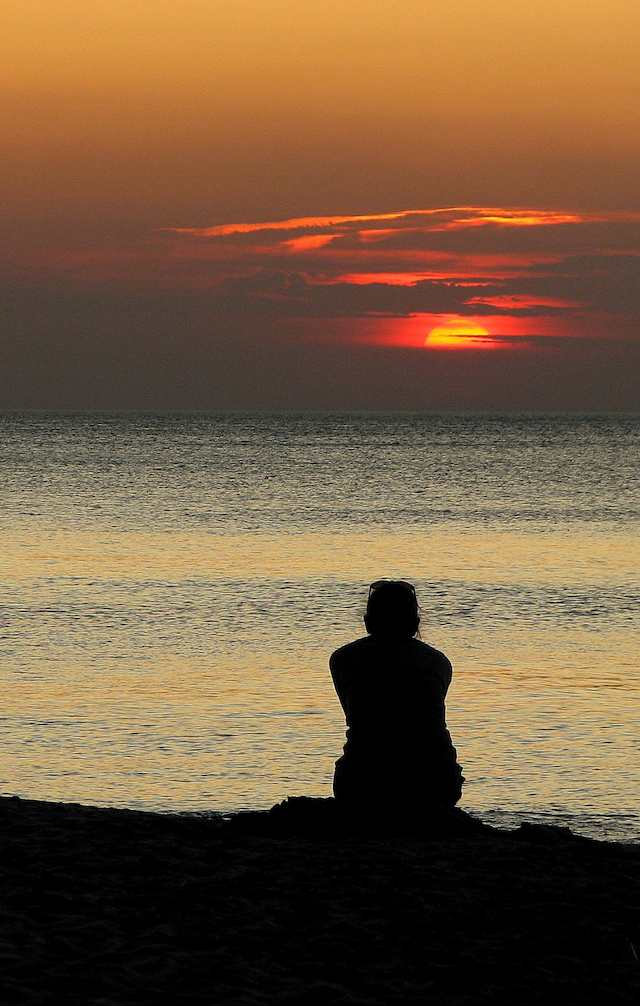“Moses Went Up To Mount Nebo” (Deuteronomy 34:1)
According to the book of Deuteronomy, after Moses declared the law to Israel and after he had finished the composition of the song to be presented to Israel (Deuteronomy 32), the song in which Moses declared God’s faithfulness and Israel’s unfaithfulness, the Lord gave Moses instructions about his death. The Lord commanded Moses to ascend the Abarim mountains and go up to Mount Nebo and there, before he died, look at the extension of the land that he was about to give Israel as its inheritance (Deuteronomy 32:49). The people of Israel had been camping near Mount Nebo since they had entered Moabite territory, after their 40 years’ journey in the wilderness.
The book of Deuteronomy provides specific details about the location of Mount Nebo. Mount Nebo was located in the land of Moab, facing the city of Jericho, in the Abarim chain of mountains, on top of Pisgah (Deuteronomy 32:49; 34:1). Mount Nebo and Mount Pisgah were part of the chain of mountains known as Abarim (see Deuteronomy 3:27).
Pisgah appears in Numbers 21:20 as one of the places on the itinerary of the Israelites’ march through Moabite territory and in Deuteronomy 3:17 as one of the boundaries separating the tribes of Reuben and Gad. The site of Mount Nebo has been identified with Ras es-Siyagha, a mountain between the cities of Madeba and Heshbon. As a result of archaeological excavations at Ras es-Siyagha done by the Franciscan Bible School in the early 1930s, archaeologists have excavated a Byzantine church dedicated to the memory of Moses.
According to Jennings, the church was decorated with beautiful mosaics. The church also contained a quatrefoil baptistry (a baptistry decorated with four leaflets). In addition, “elaborate pictures of trees, fruits, birds, and animals, as well as geometric motifs and dedicatory inscriptions decorated the floors” (James E. Jennings, “Nebo,” The New International Dictionary of Biblical Archaeology, ed. Edward M. Blaiklock and R. K. Harrison [Grand Rapids: The Zondervan Corporation, 1983], 332).
Evidently, Mount Nebo was located near the town of Nebo, a place on the eastern side of the Jordan. The book of Joshua declares that the territory of the tribe of Reuben included “the slope of Pisgah” (Joshua 13:20). The Book of Numbers says that the mountains of Abarim were located near Nebo (Numbers 33:47). This town was part of the inheritance that Moses gave to the tribe of Reuben at the time of the division of the conquered land in the eastern side of the Jordan (Numbers 32:38).
Possibly, both the town and the mountain were named after the god Nebo. According to Babylonian religious tradition, Nebo was the son of Marduk, the chief god in the Babylonian pantheon. This association of Nebo with the Babylonian god may explain why the author of Numbers 32:38 declared that the name of the city was changed.
There at the top of Nebo Moses was to be gathered to his ancestors. Moses was going to die in the land of Moab without entering the promised land, which had been the focus of his ministry for 40 years. Because of his disobedience in Meribah, Moses had not honored the holiness of Yahweh in the presence of Israel (Numbers 20:1-13; Deuteronomy 1:37; 4:21). For this reason, Moses would contemplate the promised land from afar, without crossing the Jordan river with the new generation of Israelites.
After he had exhorted the people of Israel to be faithful and obedient to God’s laws, Moses said his farewell to the people by blessing each tribe of Israel. Then, in obedience to God’s word, Moses left the plains of Moab, where the people were camped, and went up to Mount Nebo. From the top of Mount Nebo, the Lord showed Moses all the land of Canaan, the land that Israel was about to receive as its inheritance, as God had promised to Abraham. From the top of the mountain Moses was able to look at the land of Canaan. Even though it was impossible for Moses to see the complete extension of the land, the writer of Deuteronomy described the geographic limits of the land at it existed in his own day (Deuteronomy 34:1-3). The description of the land follows a north-south direction.
The land of Gilead was on the east side of the Jordan River. This was the land where the Transjordanian tribes lived. Dan was the northernmost limit of the land of Canaan. This part of the land was later occupied by the tribe of Dan. Naphtali, Ephraim, and Manasseh represented the central part of the land. Judah was the southern limit. The Western Sea was the Mediterranean. Jericho, the city of palms (Joshua 6:16, 21; Judges 1:16), was the first city the Israelites conquered after they crossed the Jordan River. Zoar was situated at the south of the Dead Sea. The Negev was the wilderness of south Judah. After he was shown the extension of the promised land, Moses died in the land of Moab and was buried in a valley opposite Beth-Peor. Beth-Peor was the name of the valley where the Israelites had set their camp in preparation for crossing the Jordan River (Deuteronomy 3:29; 4:46).
Thus, Mount Nebo is the site of an important event in Moses’ life and in the children of Israel’s life.
NOTE: For other studies on Moses, read my post Studies on Moses.
Claude Mariottini
Emeritus Professor of Old Testament
Northern Baptist Seminary
NOTE: Did you like this post? Do you think other people would like to read this post? Be sure to share this post on Facebook and share a link on Twitter or Tumblr so that others may enjoy reading it too!
I would love to hear from you! Let me know what you thought of this post by leaving a comment below. Be sure to like my page on Facebook, follow me on Twitter, follow me on Tumblr, Facebook, and subscribe to my blog to receive each post by email.
If you are looking for other series of studies on the Old Testament, visit the Archive section and you will find many studies that deal with a variety of topics.





